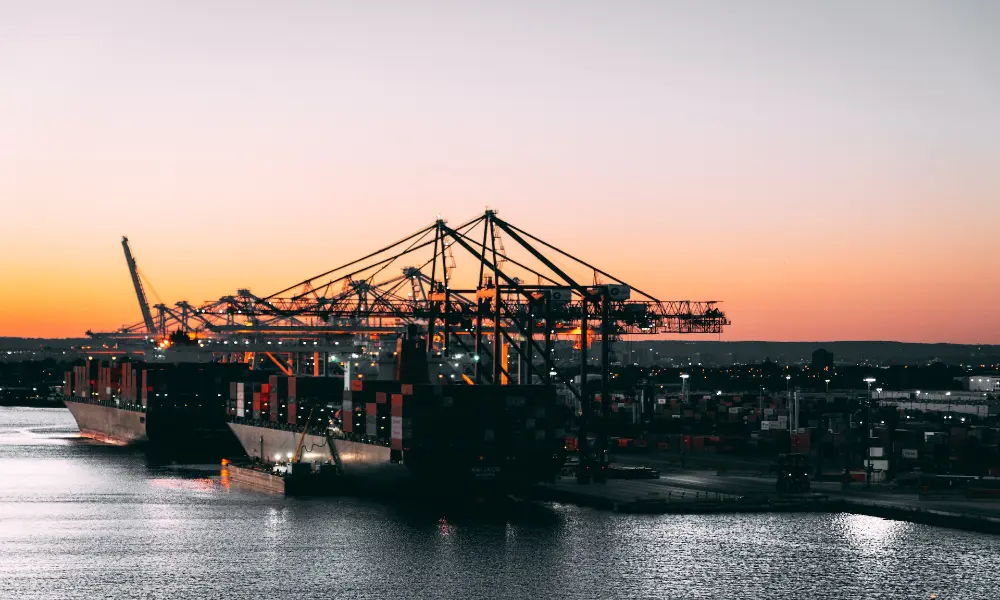The Great Container Conundrum
As retailers prepare for their busiest season, concerns are rising as import volumes are expected to remain significantly lower than in previous years. Container shipment levels have reverted to pre-pandemic values and are likely to stay at these levels, creating uncertainty for the retail industry. The National Retail Federation (NRF) stated in its monthly forecast for container imports that volumes in the first half of 2023 would be nearly 25% lower than last year, with declines in the upcoming months as well.
West Coast Port Disruptions Add to the Worry
Further uncertainties arise with disruptions at the U.S. West Coast container ports, impacting the smooth flow of retail operations. Although the disruptions have not yet affected overall volumes widely, the NRF has called upon the Biden administration to intervene in the ongoing labor dispute. The request aims to expedite an agreement between labor and management, enabling operations to return to normalcy and prevent potential ramifications. “The last thing retailers need is ongoing disruption at the ports,” said Jonathan Gold, Vice President for Supply Chain and Customs Policy at the NRF.
Consumer Demand vs. Container Import Demand
The NRF’s Global Port Tracker now estimates that import levels in the first half of 2023 will be 22% below last year. Despite monthly volumes rising since February, the overall levels will remain well below 2022 values owing to increased consumer spending. The ongoing decline in container import demand raises questions among economists and shipping lines, especially given the consistent growth in consumer demand. Ben Hackett, Founder of Hackett Associates, noted that robust employment numbers and growing personal income contribute to the paradoxical situation.
Forecasting a Murky Future
Considering the slow recovery and potential for additional West Coast disruptions, the NRF predicts that third-quarter imports will remain below last year’s levels. Estimates have been further lowered by one percent this month, with the NRF now expecting monthly volumes to peak at around 2 million TEU (twenty-foot equivalent units) and then drop during the usually bustling months of September and October. For the first nine months of 2023, NRF forecasts a total of 16.48 million TEU, down 17.6% year-over-year.
The Cause for Concern
The current state of import volumes and disruptions at the West Coast ports have retailers on edge as they prepare for the bustling season ahead. The Biden administration’s involvement could play a crucial role in mitigating these challenges, ensuring a smooth retail season for all parties involved. With a harmonious agreement between labor and management, retailers can avoid potential delays and continue to meet the growing consumer demand.



